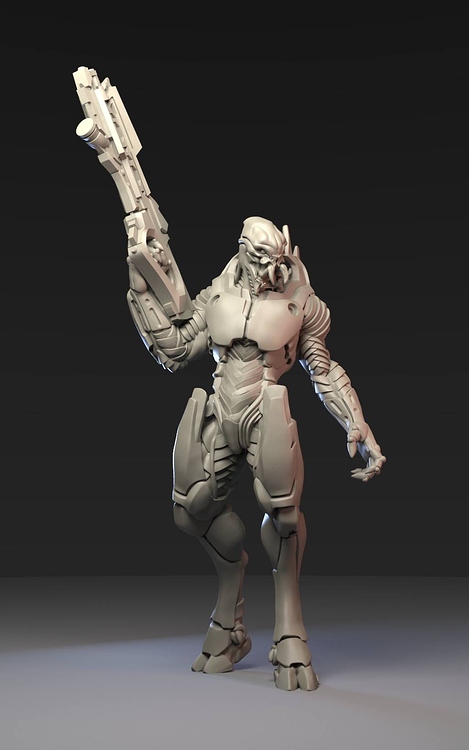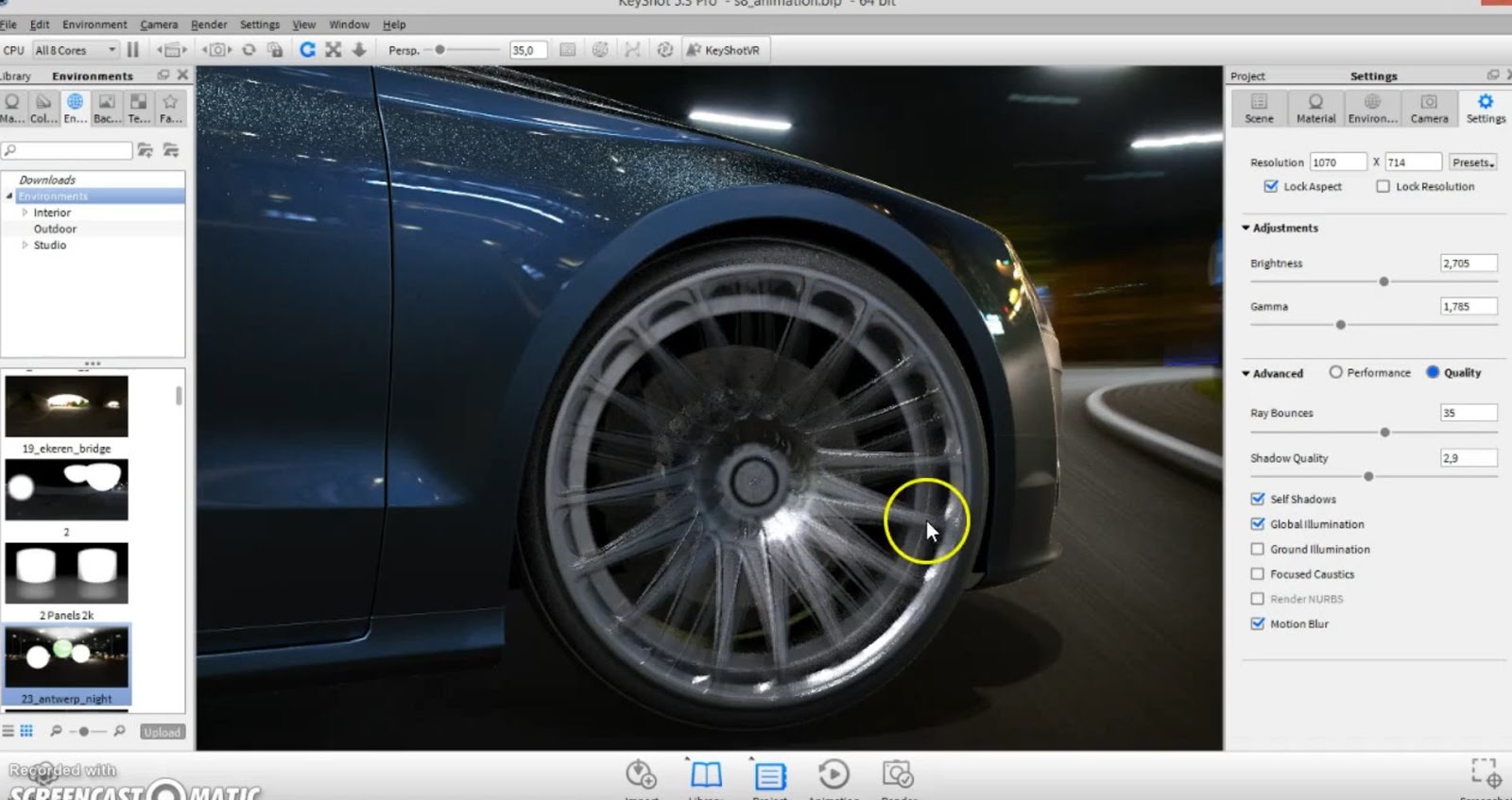
If you want to know what the settings for the liquid are. This is how it looks when it is more frosted. Play with the roughness and glossy samples, making them higher. Further, there is a bit of frosting on the sides of the ice cubes. Note, the dark sections which in reality are there as well. Or if keyshot crashes with 13, try lowering the rays. The rays need to be at 13.įor me, with 14 or more keyshot crashes. I used the settings below, and they are my personal settings. It also gave the opportunity to enter some special values, these values are correct for ice (abbe number and refraction index). I used the Gem material because ice is neither glass nor liquid. The ice is a special material and very important to the quality of the final render. Once in keyshot give every part the material you want (for the liquid and glass that is). Now you are ready to go to keyshot and import the model. KeyShot seamlessly integrates into your product development process from rough design concept to final production images. Note: this step is only necessary if you have ice cubes sticking out of the liquid. an interior scene using V-Ray 5 for 3ds Max Click Render under the KeyShot plugin tab. I had to do this twice, for I had 2 ice cubes sticking out. See more ideas about vray tutorials, 3ds max tutorials, 3ds max. Select the face of the ice cube as trim tool and the liquid top surface as keep selection. Make it realistic looking, and try to avoid clipping as much as possible.Ĭlipping is when 2 bodies go through each other.īecause the third method is the right one, we will only focus on this third method. Note: these are clear ice cubes, made by cooling boiled water.Īnd place the ice cube in the glass by using "move/copy body" (same as how the liquid is positioned compared to the glass, see my other tutorial, link above).Īnd of course, the third method is the best and surprisingly the fastest.Īnd here how the different methods look in keyshot

This way there is no contact between the ice cubes and the liquid. The middle one has cut out the ice cubes first, so in the liquid there is space for the ice cubes, after using the split feature and delete feature the original ice cubes were scaled down with a factor of 0,999.

The left one has the ice cubes placed in the liquid, but as can be seen it occupies the same space as the liquid. The approach per method is the same as the previous tutorial about the liquid, showing how wrong you can get if you stick with the wrong method. Three methods again, and the differences are quite obvious. I try to limit that to a little sharpening of details, and darkening of shadows (as I tried to show in my tutorials above), but if you are a photo editing master, the sky is the limit.First, we are going to look how it can be done (wrong). And a very light brushed finish on the rotating part.Īlso, don't forget that some work can be done later in a photo editor. The images below show a bit of a bead blast finish on the USB tip. Mainly I'd use the photos as a reference for interesting camera angles, but they can also be great for ideas on texture and materials. If you are an engineer like me, we may not have been born with an artists eye for photography, but we can duplicate it once we see it. For some inspiration, take a look online at some marketing photos of real products.It will add a little detail/interest to that portion of the image. The USB tip should have a seam on one side of it from where the metal is bent around.I'd incorporate more lights, or rotate the scene to have the existing light(s) more from the front. Having the light source behind the objects results in some really dark shadows from the viewing angle.The lighting effect/glow on the floor is pretty interesting.Right now they have more of a random/sideways direction. I'd try to make them linear with how it inserts though. The scratches on the USB tip are good.I think the rotating metal part could use a fillet around its edges. Maybe lighten the color of the body a bit?

Black plastic/rubber material can make it hard to see any detail or texture.I tend to use the Dosch-Stairwell 80% of the time.



 0 kommentar(er)
0 kommentar(er)
